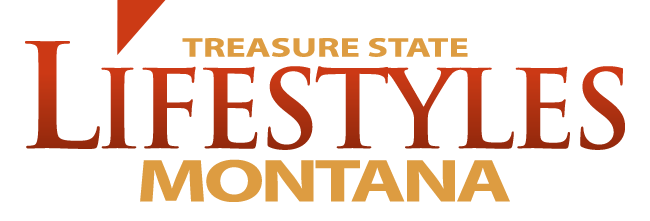By Elizabeth Guheen – Director and Chief Curator
This summer the Bair Museum in Martinsdale will showcase a large selection of the work of Edward S. Curtis from the Bair Collection. In addition, the Bair Art Museum will feature a painting that visitors to the museum often hear about but rarely see. In 1907 the painter Joseph H. Sharp was living on the Crow Reservation and was a close friend of Indian Agent Guil Reynolds and his family. That year Charlie Bair sent Sharp a bushel of apples for Christmas. Sharp did two still-life paintings featuring the red, luscious apples and Bair purchased both paintings. The Bair family kept one showing fourteen apples in a curly maple bowl next to a cobalt blue Rookwood pot filled with holly. The other larger painting featured the apples in the box they were shipped in and Bair gave this painting to the Reynolds family.
Fourteen years ago, the Bair Museum in Martinsdale was able to borrow this second painting from the descendants of Guil Reynolds for an entire season. This past winter the museum was offered the painting for exhibit on a five -year loan and for only the second time in over 100 years both apple paintings will be shown side by side in the Bair Museum. We are excited to be able to show the paintings together and are grateful to the Mullen Family (Jeanette Lyon, Guil Mullen, and Sara Wilson) for this rare opportunity.
When Edward Curtis was born in 1868 black and white photography, with its still-cumbersome equipment, was an established form of documentation. Curtis made his first camera when he was twelve years old and gradually became skilled enough to open his own photography studio in Seattle, Washington and support his family taking portraits. His life took an unexpected and fateful turn when he was asked to photograph one of the continent’s last explorations, Edward H. Harriman’s 1899 expedition to Alaska. From that point forward Curtis would surrender his life to preserve what little remained of America’s vanishing First People, albeit several decades too late to document the pre-settlement cultures. Charlie Bair and Edward Curtis were friends and they both knew President Theodore Roosevelt. When Curtis began his twenty-volume series, The North American Indian, Roosevelt wrote the introduction. The project would take over thirty years and consume Curtis’s life. Charlie Bair did not live to see the final project but to support his friend he bought the first five volumes in the early part of the 20th century. A large selection of Curtis’ orginal photogravures from the Bair Collection will be on view this summer in two galleries of the Bair Family Museum. The exhibit includes images of the following tribes: the Apache, Jicarilla, and Navajo; the Pima, Papago, Qahatika, Mohave, Yuma, Maricopa, Walapai, Havasupai, and Apache- Mohave (Yavapai); the Teton Sioux, Yanktonai, and Assiniboin; the Apsáalooke (Crows) and Hidatsa, and the Mandan, Arikara, and Atsina.
The Bair Museum is located at 2751 Montana Highway 294 – one mile south of US 12 between Harlowton and White Sulphur Springs. Hours: June-August 10-4 pm seven days a week and September-October 10-4pm, Wed-Sunday. It is closed during the winter.


